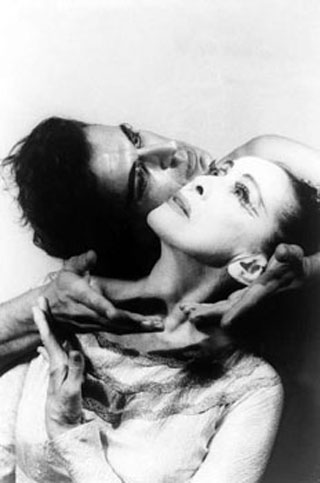
Martha Graham had a strong influence on modern dance through her choreography. Here, she performs in "Visionary." (Image courtesy of Library of Congress, Prints and Photographs Division, Van Vechten Collection, reproduction number LC-USZ62-106859.)
Instructor(s)
Melissa Blanco
MIT Course Number
21M.670 / WGS.591J
As Taught In
Spring 2008
Level
Undergraduate
Course Description
Course Description
This course explores the forms, contents, and context of world traditions in dance that played a crucial role in shaping American concert dance. For example, we will identify dances from an African American vernacular tradition that were transferred from the social space to the concert stage. We will explore the artistic lives of such American dance artists as Katherine Dunham, Pearl Primus, and Alvin Ailey along with Isadora Duncan, Martha Graham, George Balanchine, and Merce Cunningham as American dance innovators. Of particular importance to our investigation will be the construction of gender and autobiography that lie at the heart of concert dance practice, and the ways in which these qualities have been choreographed by American artists.
Other Versions
Other OCW Versions
Archived versions: ![]()


